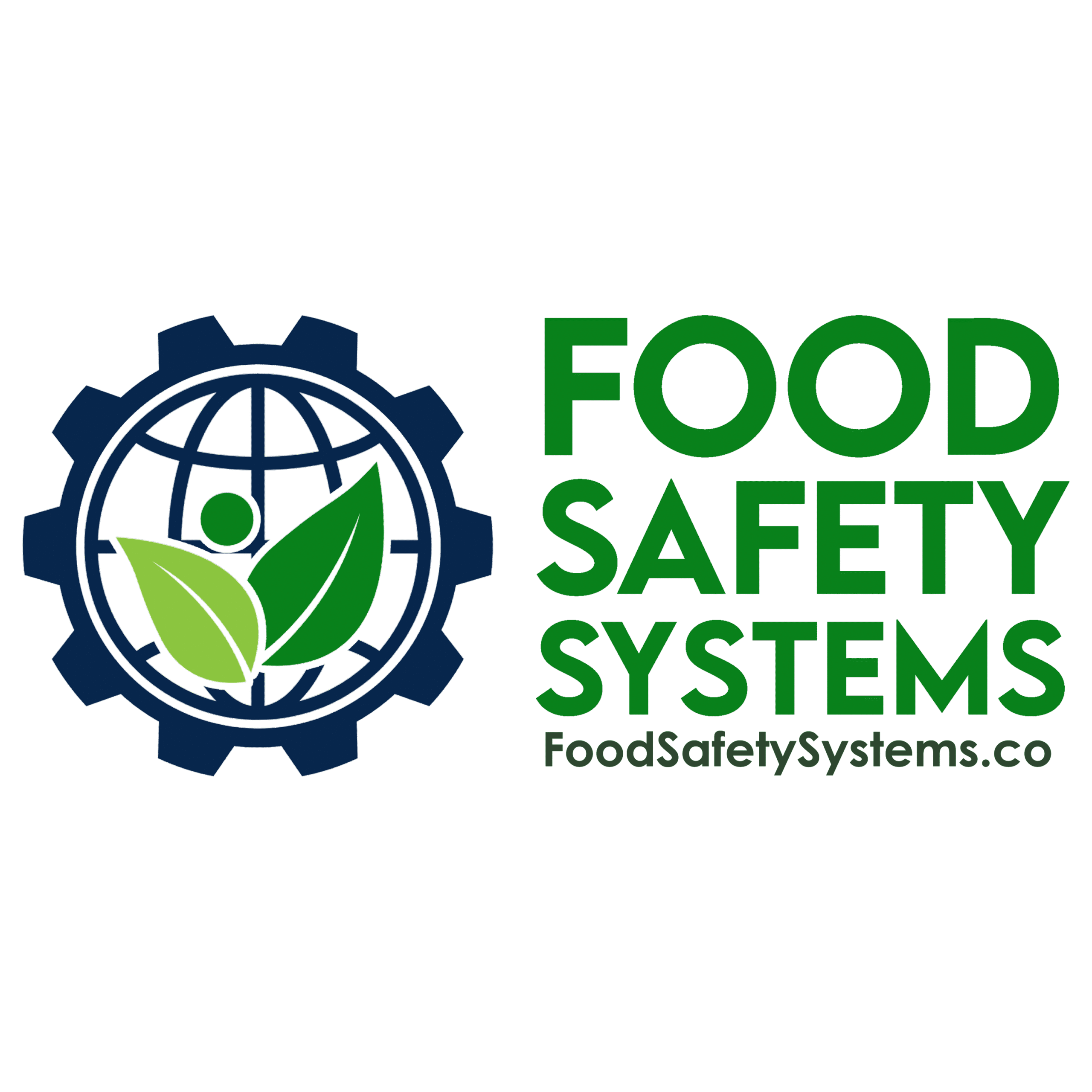Control of Quantity (Weight/Volume)

Aligned with FSSC 22000 – ISO-Based Food Safety Management System (FSMS)
Requirement Overview
Under FSSC 22000, organizations must ensure that declared product quantities (weight or volume) are accurate, legally compliant, and meet customer specifications. This requires documented controls for monitoring, verification, and adjustment of processes to prevent underfilling, minimize overfilling losses, and protect consumer trust.
Accurate fill control supports regulatory compliance, customer satisfaction, and certification readiness.
Key Compliance Objectives
-
✓ Ensure declared weights and volumes consistently meet specifications
✓ Prevent underfills, consumer deception, and regulatory non-compliance
✓ Maintain calibration and verification of weighing and dispensing equipment
✓ Provide verifiable records for regulatory inspections, customer requirements, and certification audits
Step-by-Step Compliance Implementation
1. Establish Quantity Control Procedures
-
Procedures Should Include:
-
• Target weight/volume per SKU with defined tolerances
• Legal and customer-specific requirements for quantity accuracy
• Verification methods and frequency for each production run
Evidence to Maintain:
-
• Documented Quantity Control SOP)
• Target and tolerance specifications for each product
• Verification protocols and schedules
- • Target weight/volume per SKU with defined tolerances • Legal and customer-specific requirements for quantity accuracy • Verification methods and frequency for each production run
- • Documented Quantity Control SOP) • Target and tolerance specifications for each product • Verification protocols and schedules
2. Calibrate and Maintain Equipment
-
Equipment Must Be:
-
• Calibrated at defined intervals by qualified personnel
• Maintained to prevent measurement drift or dispensing errors
• Labeled with calibration and maintenance status
Evidence to Maintain:
-
• Calibration certificates and service reports
• Preventive maintenance logs
• Equipment identification and calibration status labels
- • Calibrated at defined intervals by qualified personnel • Maintained to prevent measurement drift or dispensing errors • Labeled with calibration and maintenance status
- • Calibration certificates and service reports • Preventive maintenance logs • Equipment identification and calibration status labels
3. Conduct Regular Checks During Production
-
Checks Should Cover:
-
• Random in-process weight/volume checks by batch, lot, or shift
• Statistical sampling where applicable (e.g., control charts)
• Defined actions for out-of-spec results (e.g., product hold, equipment inspection)
Evidence to Maintain:
-
• In-process quantity check logs
• Non-conformance records for deviations
• Corrective action reports and equipment adjustment records
- • Random in-process weight/volume checks by batch, lot, or shift • Statistical sampling where applicable (e.g., control charts) • Defined actions for out-of-spec results (e.g., product hold, equipment inspection)
- • In-process quantity check logs • Non-conformance records for deviations • Corrective action reports and equipment adjustment records
4. Train and Authorize Personnel
-
Personnel Should:
-
• Understand the importance of quantity control for compliance and consumer trust
• Be trained to operate equipment, conduct checks, and interpret results
• Be authorized to adjust settings or escalate issues as needed
Evidence to Maintain:
-
• Training records for production and quality staff
• Authorization matrix for equipment adjustments and decision-making
- • Understand the importance of quantity control for compliance and consumer trust • Be trained to operate equipment, conduct checks, and interpret results • Be authorized to adjust settings or escalate issues as needed
- • Training records for production and quality staff • Authorization matrix for equipment adjustments and decision-making
5. Review, Trend, and Improve
-
Analysis Activities Include:
-
• Trending overfills, underfills, and equipment deviations
• Reviewing customer complaints or regulatory findings related to quantity
• Updating procedures and tolerances based on performance and risk assessments
Evidence to Maintain:
-
• Quantity control trend and analysis reports
• Management review minutes with improvement actions
• Revised SOPs and work instructions
- • Trending overfills, underfills, and equipment deviations • Reviewing customer complaints or regulatory findings related to quantity • Updating procedures and tolerances based on performance and risk assessments
- • Quantity control trend and analysis reports • Management review minutes with improvement actions • Revised SOPs and work instructions
Common Audit Findings & Recommended Fixes
| Audit Finding | Recommended Action |
|---|---|
| No documented quantity control process | Develop and implement a Quantity Control SOP with targets and tolerances |
| Inaccurate weighing or dispensing equipment | Calibrate and verify equipment at defined intervals |
| Missing in-process quantity checks | Conduct and document checks throughout production runs |
| Untrained operators adjusting equipment | Provide structured training and documented authorization |
Auditor Verification Checklist (FSSC Context)
During an FSSC 22000 audit, expect to present:
-
• Quantity control procedures and product-specific tolerances
• Calibration certificates and maintenance records
• In-process verification and non-conformance records
• Training documentation and authorization matrices
Implementation Roadmap
Build the Framework
-
✓ Document a quantity control procedure
✓ Define legal and customer-specific requirements
Execute and Monitor
-
✓ Calibrate and maintain weighing/dispensing equipment
✓ Perform and record regular in-process checks
Analyze and Improve
-
✓ Review quantity trends and non-conformance data
✓ Implement corrective and preventive actions
Train and Empower
-
✓ Train operators on procedures and equipment use
✓ Authorize key personnel to make adjustments and escalations
Why This Matters?
-
✓ Ensures compliance with labeling and metrology regulations
✓ Reduces consumer complaints and regulatory risks
✓ Minimizes product giveaway and operational costs
✓ Demonstrates strong process control and food safety integrity
Support Tools Available
Food Safety Systems provides:
-
✓ Quantity control SOP templates aligned with FSSC 22000
✓ Fill weight/volume check logs
✓ Calibration and preventive maintenance record templates
✓ Training guides for operators and QA personnel
Privacy Policy | Terms of Service
Powered by interlinkIQ.com, Developed by ITBlaster.net, Owned and Operated by Consultare Inc. Group, A Compliance Company. All Rights Reserved.







